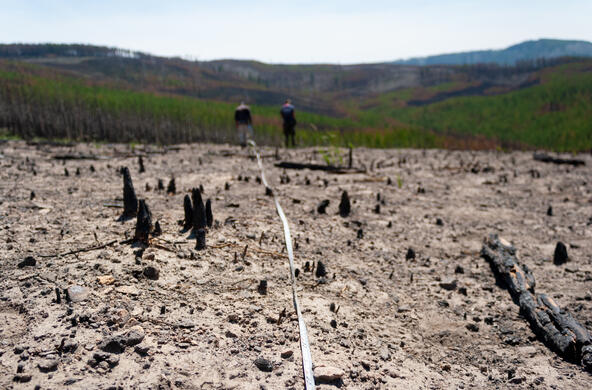Over the course of the past year or so, there have been a number of incredible tech projects aimed at stopping the spread of Ebola. One approach that we’ve never come across before, however, involves plotting the possible spread of Ebola and other “filoviruses” of the same family by predicting which bat species they’re most likely to be carried by.
That’s exactly the goal of a team of scientists, who recently used machine learning techniques to build just such a model. Their work may help prevent future spillover events in which it is important to predict which species of wildlife help spread contagion.
“This work entailed collecting intrinsic features describing the world’s bat species — 1,116 species altogether — and training a machine learning algorithm on these data to learn which features best predict the bat species that carry filoviruses,” lead author of the study Barbara Han, a disease ecologist at the Cary Institute of Ecosystem Studies, tells Digital Trends. “The algorithm then identifies other bat species sharing a similar trait profile to the filovirus-positive species.”
Bats are primary suspects when it comes to the spread of Ebola. One of the reasons for this is that is that, unlike humans and great apes, bats infected with filoviruses remain free of symptoms for the most part.
The machine learning model the team developed was able to create profiles of bat species likely to harbor filoviruses, based on the 21 bat species known to have exhibited such tendencies in the past. Analyzing 57 different variables — ranging from diet to migratory patterns — the algorithm was able to predict which bats act as potential carriers with an impressive 87 percent accuracy. These predicted new bat species were then plotted on a world map.
“I was surprised to see the hotspot of predicted bat species in SE Asia, where we don’t see the same outbreaks of Ebola that have been observed in wildlife and humans in equatorial Africa,” Dr. Han continues. “We expected to see a few bat species in this region since Ebola-positive bats and other filoviruses like Reston virus have been found circulating there, but we didn’t expect to see quite so many predicted bat species overlapping. Our maps showed upwards of 20 species in some countries in SE Asia.”
Going forwards, Han hopes that it will be possible to focus future surveillance efforts around the distribution of bat species with the highest probability of carrying filovirus — along with other wildlife species with whom these bats overlap in habitat. “It will also be important to investigate why there are so few observed filovirus spillovers in SE Asia given the high diversity of potential bat carriers and evidence of multiple filoviruses detected in this region,” she says.






